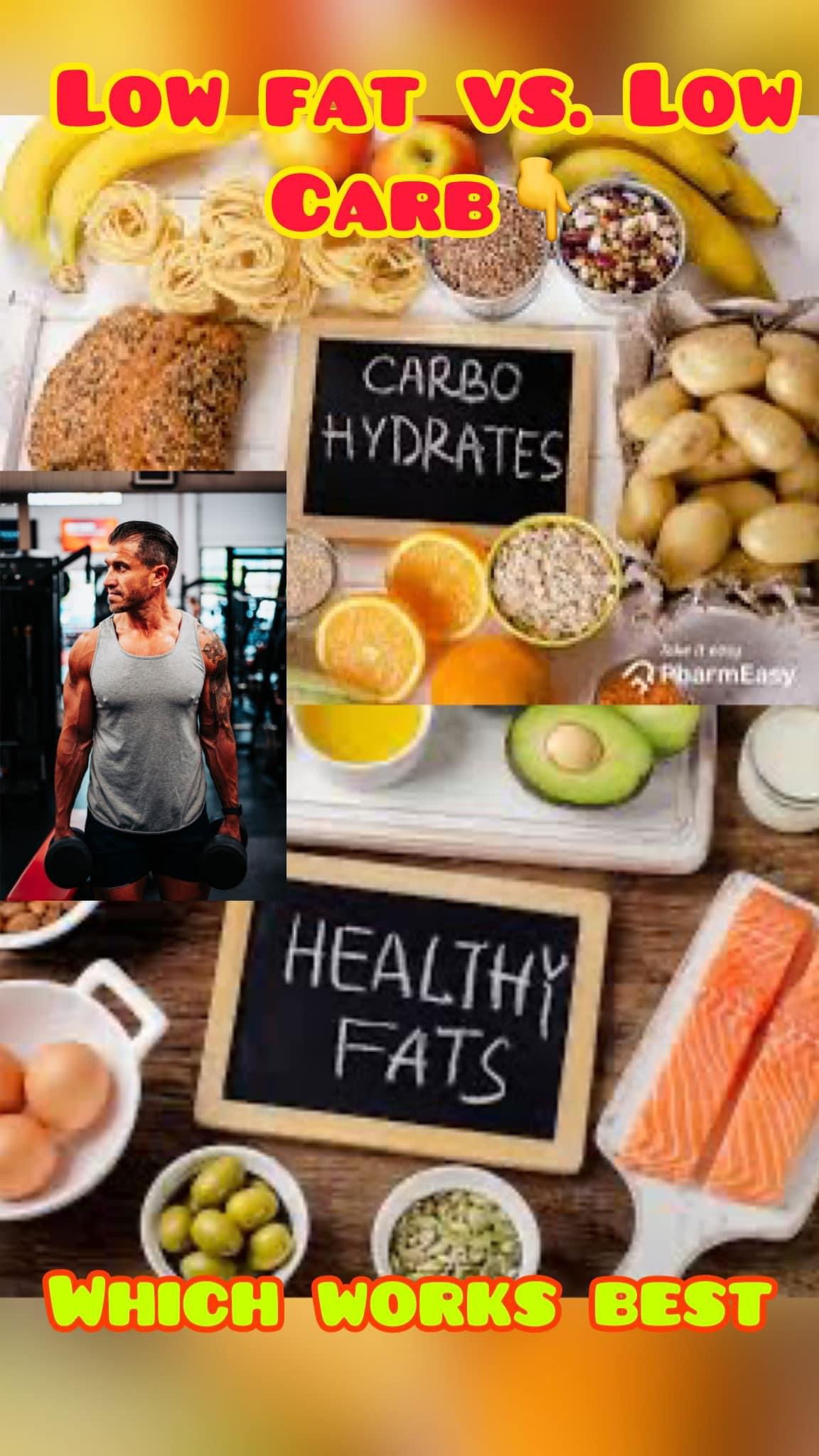Fats vs Carbs for fuel
⭐️🍚The primary distinction between utilizing fats and carbohydrates as fuel lies in the metabolic pathways the body employs to extract energy. When relying on carbohydrates, the body breaks them down into glucose, a readily available source of energy. This process, glycolysis, occurs in the cytoplasm of cells and is relatively quick, making glucose an efficient fuel for high-intensity, short-duration activities.
🌰🍣On the other hand, fats are broken down through a process called beta-oxidation, occurring in the mitochondria. This pathway metabolizes fatty acids into molecules known as acetyl-CoA, entering the Krebs cycle to produce energy. While beta-oxidation takes longer than glycolysis, fats yield a higher energy output per gram compared to carbohydrates. This makes fats a favored energy source for prolonged, lower-intensity activities, such as endurance exercises.
✅Importantly, the body can adapt its fuel preference based on dietary and physiological conditions. During periods of low carbohydrate intake or intense physical activity, the body may prioritize fat metabolism to conserve glucose. This adaptation, known as ketosis, prompts the production of ketone bodies from fats, providing an alternative energy source for the brain and muscles.
😳In summary, carbohydrates and fats serve as primary fuel sources for the body, each offering distinct advantages based on the nature and duration of physical activity. Carbohydrates provide quick energy for short bursts of intense effort, while fats offer sustained energy for prolonged, lower-intensity endeavors. The body's ability to switch between these fuel sources showcases its remarkable adaptability to varying metabolic demands.
❤️ the first five humans who like, share and comment “fuel” will receive a free exercise plan on the house. 
Yours truly,
Coach Seananogins ISSA, CanFit Pro, FMS, NP
Hogan Health & Fitness Inc.



